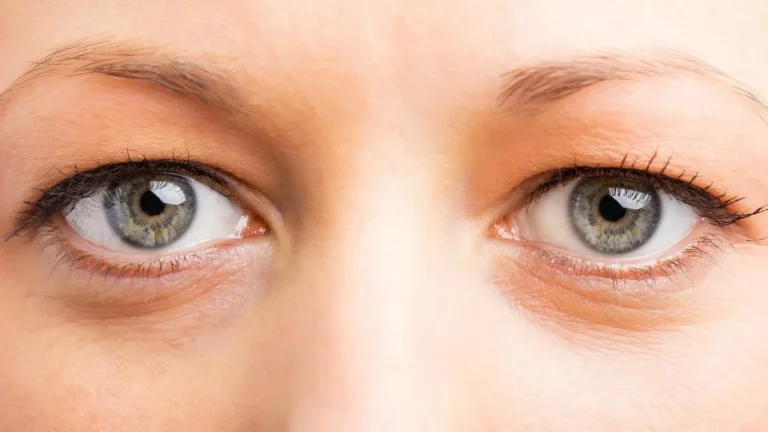Dangerous Effects of Standing Too Long on Hypertension You Shouldn’t Ignore
When people think of high blood pressure, or hypertension, they often imagine stress, salty foods, or genetics. But the effects of standing too long on hypertension—now that’s something I find most folks rarely consider. As an internal medicine physician who’s spent years helping patients manage their blood pressure, I’ve noticed a trend: many jobs that require prolonged standing tend to quietly contribute to worsened hypertension. It’s one of those sneaky lifestyle factors that doesn’t get enough spotlight, yet makes a big difference in blood pressure readings over time. And if you’re someone who’s on your feet all day—nurses, retail workers, baristas, factory line workers—this one’s especially for you.
How Prolonged Standing Affects Blood Pressure
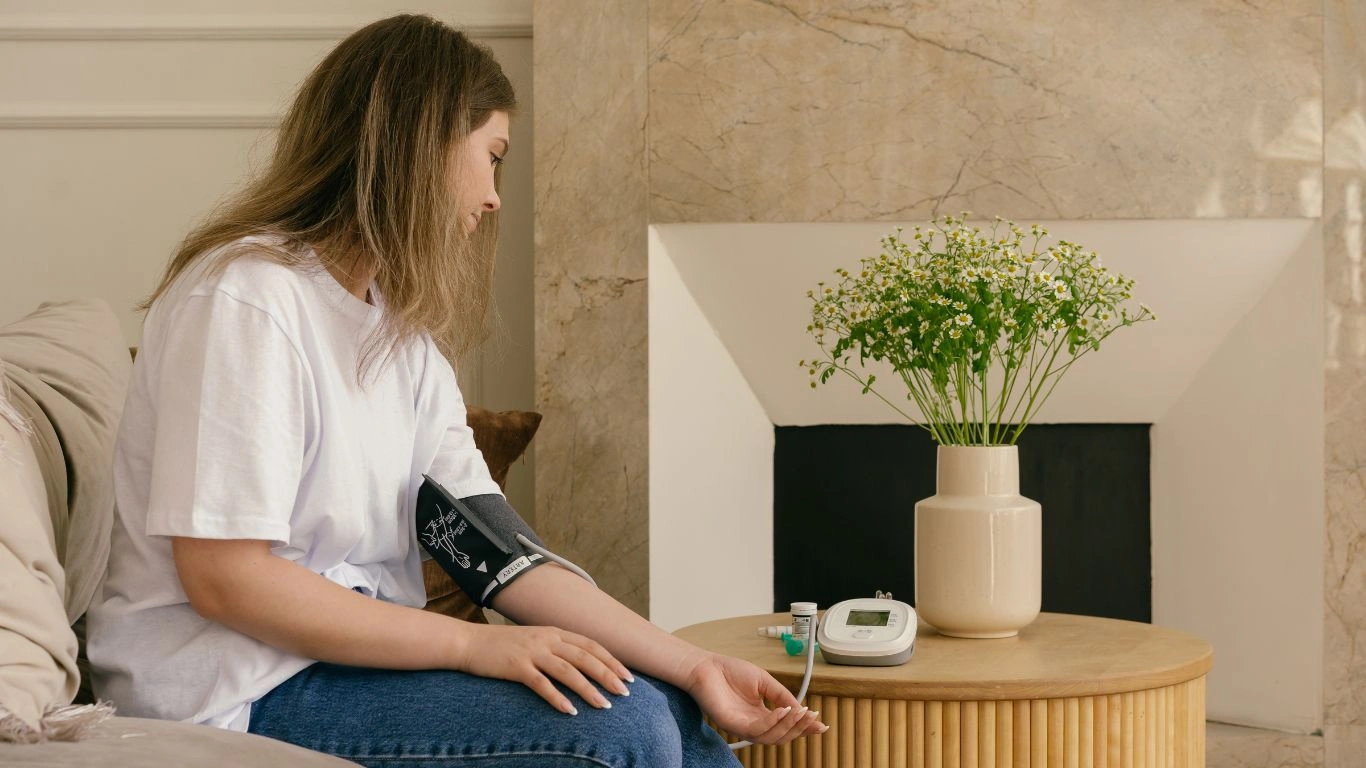
I can’t count how many patients I’ve seen over the years who worked on their feet all day and were puzzled when their hypertension wouldn’t improve despite medications. One memorable patient, a supermarket cashier in her early 50s, was on three different antihypertensives. Still, her readings danced in the 150s/90s. We went over everything—diet, meds, stress levels. But what stood out? She stood for 9 to 10 hours a day with very few breaks. That became our “aha” moment.
Standing might seem harmless—after all, it’s not as inactive as sitting, right? But here’s the kicker: prolonged standing can actually increase the risk of hypertension just as much, if not more, than sedentary behavior in some cases. When you stand for extended periods, especially without much movement, blood tends to pool in the lower extremities. Your heart has to work harder to pump it back up, and over time, that strain contributes to elevated blood pressure.
The Physiology Behind It
Let’s talk about what’s happening under the hood. When you stand still for long periods, gravity pulls blood down to your legs. That causes a drop in venous return—basically, less blood is getting back to the heart. The body compensates by tightening blood vessels (vasoconstriction) and speeding up the heart rate. Initially, this maintains blood pressure. But chronic exposure to this compensation cycle can lead to sustained elevation of blood pressure levels. That’s where the hypertension risk sneaks in.
On top of that, prolonged standing tends to trigger oxidative stress and low-grade inflammation in the vascular system—both of which are major players in chronic hypertension. It’s not just about discomfort or fatigue. There’s a real biological shift happening.
Common Professions at Risk
Some jobs are practically built for hypertension risk, unfortunately. If you’re in one of these fields, you might want to be extra mindful:
- Healthcare professionals (especially nurses and CNAs)
- Retail workers and cashiers
- Hair stylists and barbers
- Teachers (especially in primary education)
- Manufacturing and warehouse workers
- Security guards and airport staff
Now, that doesn’t mean you’re doomed if you’re in one of these professions. But it does mean you’ve got to be a bit more proactive when it comes to managing your blood pressure. That includes movement strategies, footwear choices, and even how you schedule your breaks (we’ll get into that in the next section).
Is Standing Worse Than Sitting for Blood Pressure?
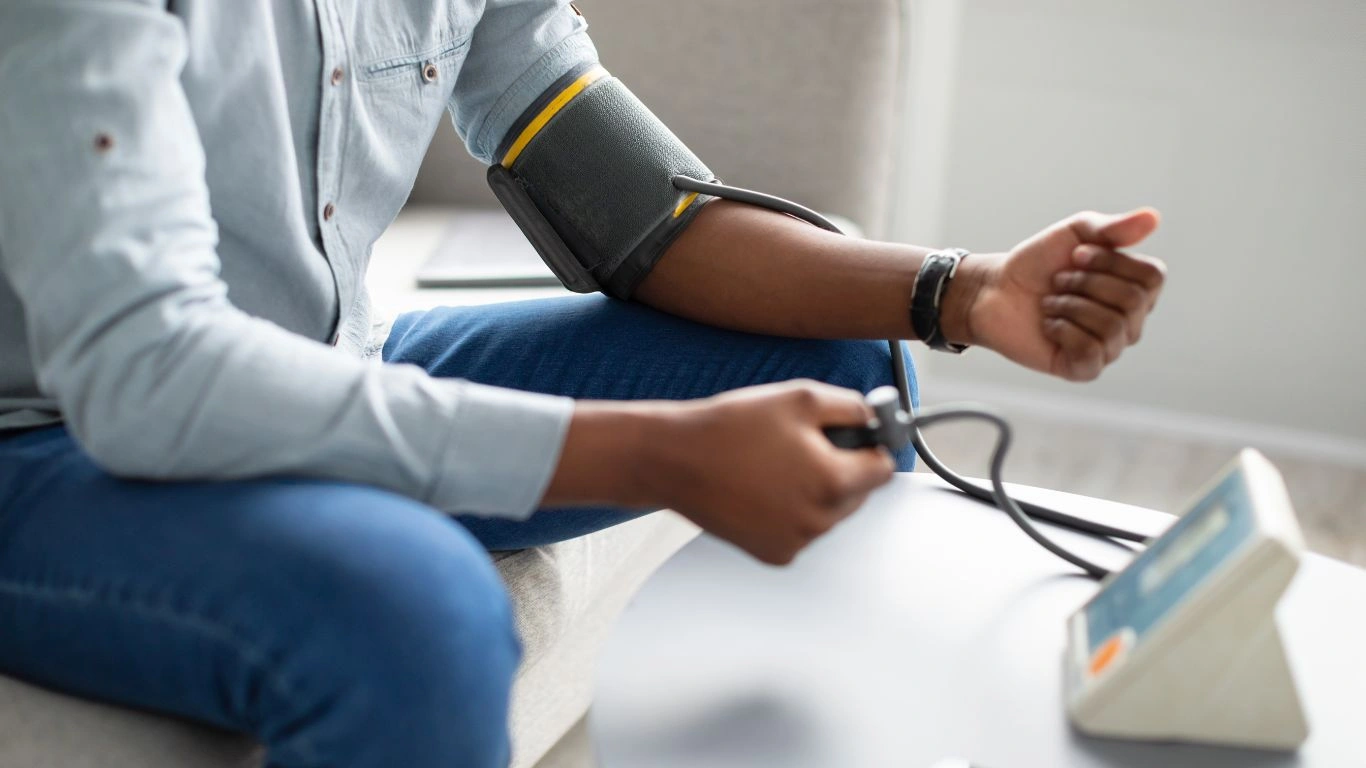
This one comes up a lot, and it’s a great question. The short answer? It’s complicated. Prolonged sitting has been demonized for years—and with good reason. It slows metabolism, reduces circulation, and can lead to weight gain, all of which aren’t great for hypertension. But prolonged standing isn’t exactly a saint, either. It causes a different kind of stress on the cardiovascular system.
Some research suggests that chronic standing may actually increase diastolic blood pressure (the bottom number) more than sitting. Diastolic pressure reflects the tension in your arteries when the heart rests between beats. When your vessels are constricted for hours on end due to standing, it makes sense that pressure builds up, even when you’re not actively exerting yourself.
One study I often reference in consults compared workers who stood for 8+ hours daily with those who sat most of the day. The standers had significantly higher rates of carotid artery thickening—a red flag for cardiovascular strain. That’s why just swapping your office chair for a standing desk isn’t the full solution. The real key? Alternating postures and incorporating micro-movements throughout the day.
My Clinical Takeaway
From what I’ve seen in practice, balance is everything. The body isn’t meant to stay frozen in one position for hours on end—whether sitting or standing. It thrives on variety. Think of your day like a cardiovascular playlist: a mix of sitting, standing, walking, stretching. That’s the rhythm your heart likes.
And for my hypertensive patients who work on their feet, I often recommend compression stockings, brief walking breaks, and if possible, finding a way to shift your weight or sit briefly every hour. These small tweaks often lead to better BP numbers than simply bumping up medication dosages.
Signs That Standing Might Be Affecting Your Blood Pressure
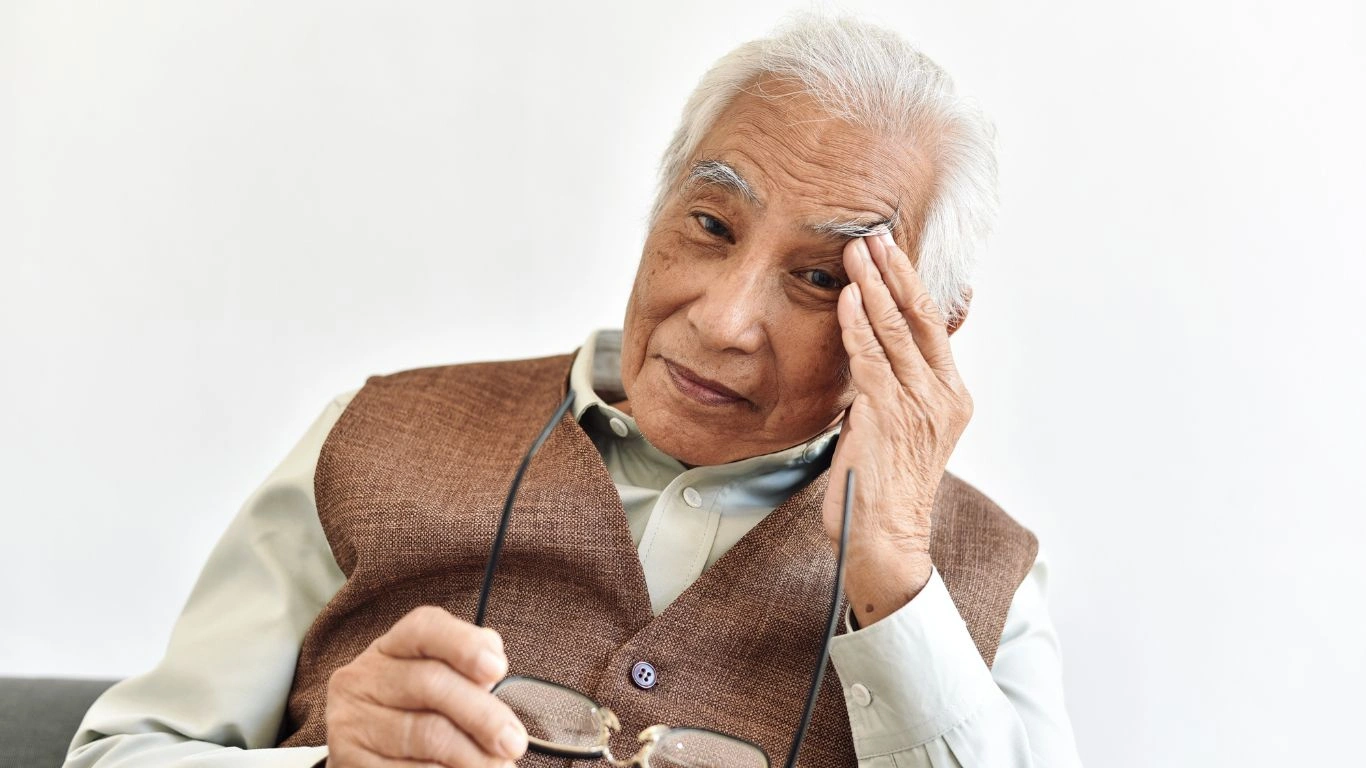
You might not immediately think to blame your standing routine for your rising blood pressure, but here are some subtle signs it could be playing a role:
- Leg fatigue or swelling after work hours
- Lightheadedness when transitioning from standing to sitting
- Unexplained higher readings despite good medication compliance
- Cramping or tightness in calves and thighs
- Pulse that feels slightly faster or more noticeable while standing still
Any of these sound familiar? Then your daily routine might be putting hidden stress on your cardiovascular system. The good news is, once you’re aware of it, there are simple things you can do to turn the tide—which we’ll dive into next.
How to Protect Your Blood Pressure While Standing All Day

Alright, now that we’ve unpacked how the effects of standing too long on hypertension sneak up on the body, let’s talk about what you can actually do about it—without quitting your job or relocating to a beanbag chair. Because realistically, many of us don’t have the luxury of sitting when we want. I know that from watching my nursing colleagues hustle around during 12-hour shifts. Trust me, I’ve been in those hospital hallways at 2 AM, barely sitting down for more than five minutes myself.
But here’s some good news: even small tweaks in your routine can create a big impact on your blood pressure numbers over time. You don’t have to overhaul your life—you just need to outsmart the problem a little.
1. Break the Stand-Still Pattern
If there’s one piece of advice I repeat like a broken record to my hypertensive patients who stand all day, it’s this: keep it moving. Standing still is the enemy. Try shifting your weight side-to-side, stretching your calves, or doing gentle heel raises every 15–20 minutes. I’ve even suggested setting an hourly timer to sneak in a quick walk to the restroom or around the office. It’s not just about moving your feet—it’s about getting your blood circulating again.
2. Compression Stockings: Seriously, They’re Underrated
Compression stockings aren’t just for grandma anymore. These things are magical for folks who are on their feet all day. They help reduce the pooling of blood in your legs and improve venous return, which lowers the burden on your heart. I always recommend graduated compression—meaning stronger at the ankle and lighter toward the calf—for my standing patients with stubborn blood pressure.
And don’t worry, they come in tons of styles now. I’ve had patients who initially refused to wear them, only to come back three months later singing their praises because they weren’t as tired at the end of their shift—and their BP numbers dipped, too.
3. Footwear Makes a Difference
Let’s be honest, most of us underestimate how much a good pair of shoes can change our entire day. Supportive shoes with proper arch support and cushioning reduce fatigue and improve posture—which in turn helps prevent the vascular strain caused by poor circulation. I’ve had patients who were on diuretics (water pills) for borderline BP who didn’t even need them anymore after switching to better shoes and movement strategies. That’s the power of posture and blood flow, folks.
Hydration and Sodium Balance Matter More Than You Think
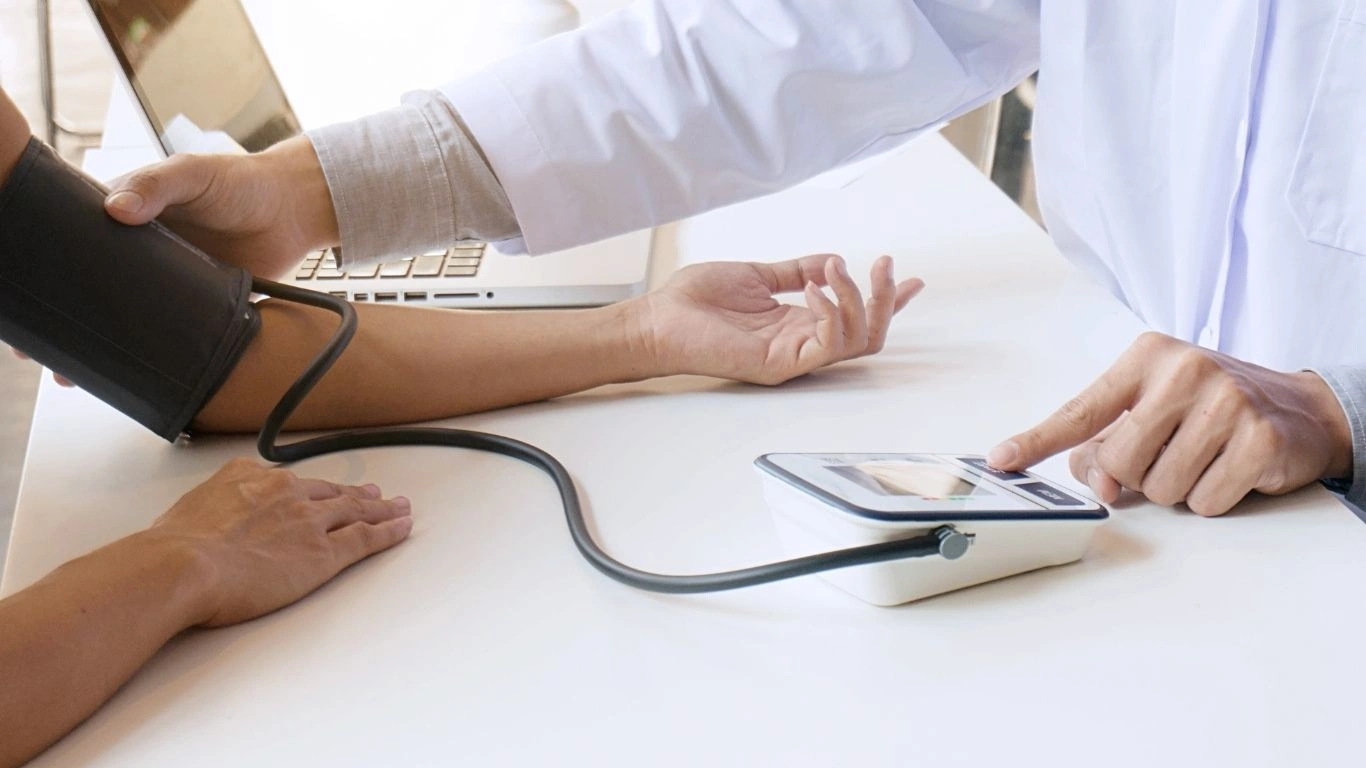
This one might seem basic, but hydration really is one of the most overlooked factors in hypertension management—especially for people who stand all day. When you’re standing for long hours, your body loses fluid through sweat, even if it’s not obvious. This slight dehydration makes your blood thicker, which can increase blood pressure subtly but consistently. And don’t get me started on how many folks try to avoid drinking too much so they don’t need to use the bathroom often during work. I get it. But it backfires.
I usually tell my patients to aim for at least 6–8 glasses of water spread throughout their shift—and add in a small snack with potassium, like a banana or a few slices of avocado, to help balance sodium levels. Speaking of sodium, be extra cautious with salty breakroom snacks or fast food on busy workdays. These “quick” meals can undo hours of good BP control if you’re already on your feet stressing your circulatory system.
Foods That Help with Hypertension for On-the-Go Workers
- Unsalted nuts (almonds or walnuts)
- Cut-up cucumber or bell pepper slices with hummus
- Bananas or oranges for potassium boost
- Greek yogurt with a dash of cinnamon (helps circulation!)
- Oats or whole grain crackers for steady energy
Having go-to snacks like these in your locker, desk drawer, or bag can keep you from grabbing the chips or energy drinks that wreak havoc on blood pressure.
The Mental Load of Always Being Upright

Now let’s talk about something people often overlook: standing too long doesn’t just affect your body—it affects your brain, too. The fatigue, the aches, the brain fog—it all adds up. And guess what? Chronic stress and physical exhaustion are directly linked to increased cortisol levels, which raise blood pressure.
I remember working hospital rotations where I barely had time to sit or eat, and by the end of the day, I was irritable, drained, and definitely hypertensive. One shift I checked my own BP after running codes all morning—it was 142/92. And I’m someone who runs on the lower end normally! It was a wake-up call. That’s when I really started practicing what I preach to patients: micro-breaks, breathing exercises, and intentional hydration.
Easy Ways to Mentally Reset While Standing
- Try deep belly breathing for 60 seconds between tasks—inhale 4, hold 4, exhale 6.
- Practice a quick body scan: starting at your feet, mentally check in with each body part up to your head. It brings you out of “autopilot.”
- Listen to calming music or a mindfulness podcast during breaks (yes, even 5 minutes helps).
These tiny practices help lower sympathetic nervous system activity—aka the “fight or flight” response—and that means less cortisol, more relaxation, and better blood pressure regulation over time.
It’s not just about what your job is—it’s about how you do it. Standing too long may be unavoidable for some, but the hidden strain it puts on your cardiovascular system doesn’t have to be. With a few strategic habits, better awareness, and maybe some cushioned insoles, you can protect your heart without quitting your day job.
When Standing Can’t Be Avoided: Customizing Hypertension Management

Let’s be real—some of us just can’t avoid standing for long stretches. Whether it’s a hospital floor, a classroom, a commercial kitchen, or a busy airport terminal, sitting down regularly just isn’t part of the deal. But that doesn’t mean you’re at the mercy of elevated blood pressure.
In my practice, I’ve worked with a lot of folks in physically demanding jobs. One patient of mine, a school janitor in his late 60s, stood for almost ten hours a day. He wasn’t keen on medications but wanted to manage his hypertension more naturally. We focused on movement breaks, adding a banana to his morning routine, better hydration, and lightweight compression socks. Three months in, he dropped from 148/92 to 128/84. No meds added. Just smart, sustainable lifestyle tweaks.
Tailoring Your Treatment to Match Your Lifestyle
This is where individualized care really shines. If you stand a lot at work and you’re struggling with blood pressure control, your management plan shouldn’t look like someone who sits at a desk for 9 hours. Here’s how I typically approach it:
- Monitor strategically: Check BP at different times—before work, mid-shift, and after. Standing-induced hypertension may not show up in morning readings alone.
- Med timing: Sometimes adjusting when you take your meds (especially diuretics) can make all the difference. Morning may not always be ideal if your peak activity starts later in the day.
- Use ambulatory BP monitoring: For patients with fluctuating pressures, I’ll often recommend 24-hour BP monitoring. It shows what’s really going on when you’re on your feet.
It’s all about context. Not every hypertension case is created equal, and honestly, most aren’t textbook. You’ve got to look at the full picture—activity level, job demands, sleep quality, stress, and even footwear.
Red Flags That Mean It’s Time to Rethink Your Routine
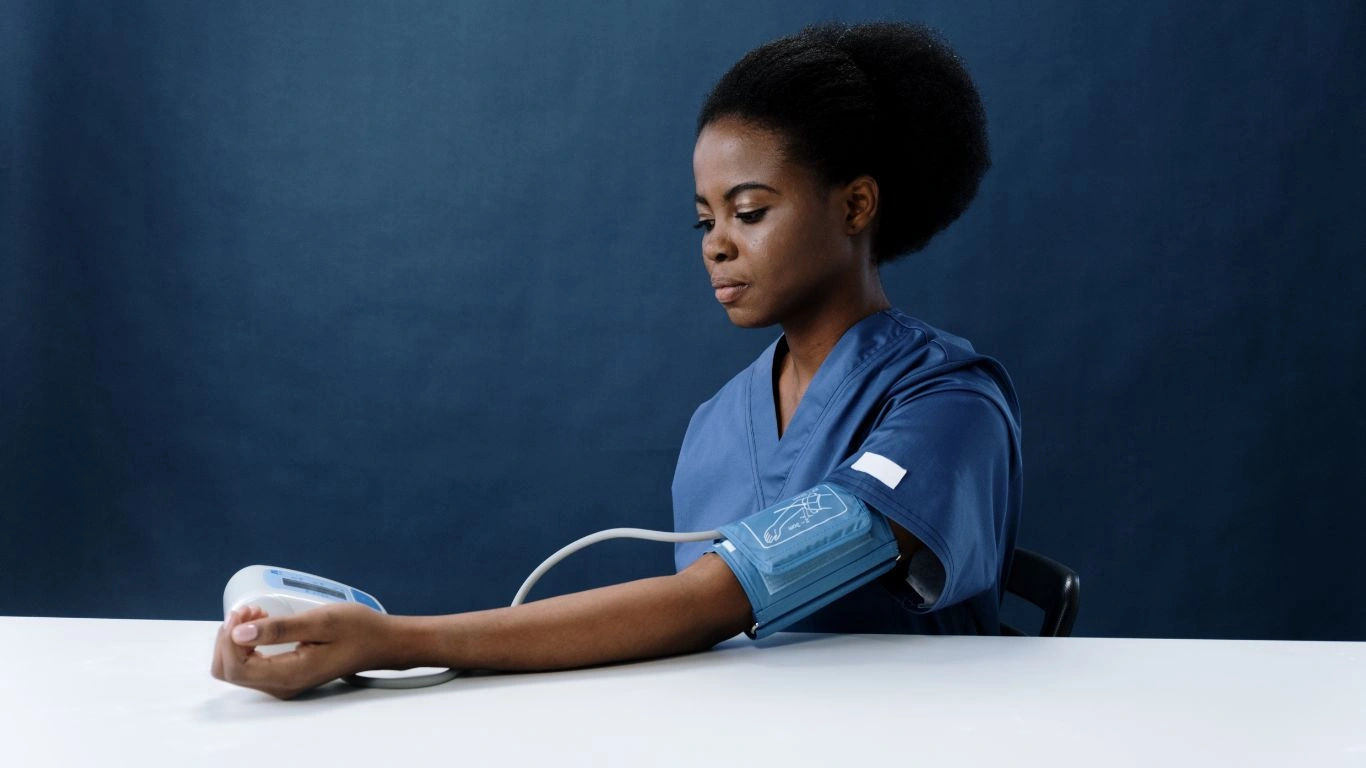
One of the most important things I tell patients is to listen to their body. Our bodies are pretty smart, and they’ll often try to tell us something’s off long before we see a spike on the blood pressure cuff. If you stand all day and start noticing these signs, it may be your body’s way of waving a red flag:
- Headaches or tightness in the back of the neck near the end of your shift
- Blurred vision or light sensitivity that gets worse when standing still
- Persistent swelling in ankles that doesn’t go away overnight
- Restless sleep or waking up with a pounding heart
- Feeling “wired but tired” after long workdays
If any of this sounds familiar, it’s worth talking to your provider. A few targeted changes could dramatically reduce your cardiovascular load without adding more medications into the mix.
Helpful Tools & Wearables That Make a Difference
We live in a world of smart gadgets—and while I don’t recommend jumping on every wellness trend, there are some tools that genuinely help if you’re trying to keep hypertension in check while navigating a stand-heavy lifestyle.
Tech to Consider:
- Smart watches with BP tracking: Devices like the Omron HeartGuide can track fluctuations throughout the day—handy for seeing if standing affects your numbers.
- Movement reminder apps: Simple timers that nudge you to shift posture, stretch, or take a hydration break can be surprisingly powerful.
- Smart insoles: Some new wearables actually track posture and pressure through your feet—great for understanding standing fatigue patterns.
When used mindfully, these tools provide feedback that can reinforce healthier habits, which ultimately translates to better blood pressure control—without you having to think about it 24/7.
Final Thoughts: Your Job Doesn’t Have to Compete With Your Health
Look, managing hypertension isn’t about aiming for perfection—it’s about stacking small wins. As someone who spends a lot of time talking to patients, reviewing labs, and walking hallways myself, I know firsthand how tricky it can be to find balance. But trust me, awareness is everything.
Understanding the effects of standing too long on hypertension gives you the power to make smarter choices. It’s not about fear—it’s about being proactive. A few minutes of stretching, a better pair of shoes, a couple extra glasses of water, and some intentional breathwork might be the quiet heroes behind your next great BP reading.
So if you’re on your feet all day, don’t ignore what your body’s trying to say. Advocate for breaks, make those micro-adjustments, and treat hypertension as something you manage with your lifestyle—not just your prescriptions.
References
- National Center for Biotechnology Information (NCBI)
- Centers for Disease Control and Prevention (CDC)
- American Heart Association (AHA)
- Mayo Clinic
- Medscape
Disclaimer
This article is for informational and educational purposes only and does not substitute for professional medical advice, diagnosis, or treatment. Always consult your healthcare provider before making any health-related decisions or changes, especially if you have a medical condition such as hypertension. The views shared here are based on clinical experience and current medical understanding at the time of writing.

Dr. Gwenna Aazee is a board-certified Internal Medicine Physician with a special focus on hypertension management, chronic disease prevention, and patient education. With years of experience in both clinical practice and medical writing, she’s passionate about turning evidence-based medicine into accessible, actionable advice. Through her work at Healthusias.com, Dr. Aazee empowers readers to take charge of their health with confidence and clarity. Off the clock, she enjoys deep dives into nutrition research, long walks with her rescue pup, and simplifying medical jargon one article at a time.


